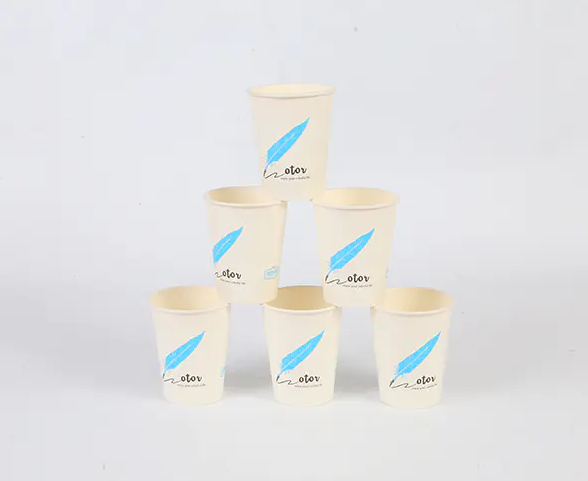As sustainability becomes a key concern in the packaging and food service industries, businesses and consumers are increasingly questioning which materials are more environmentally friendly. Among the most debated items is the disposable paper cup, widely used for hot beverages and often seen as a greener alternative to plastic cups. However, the environmental performance of both materials is complex and worth a closer comparison.
Raw Materials and Manufacturing Impact
Paper cups are primarily made from virgin or recycled paperboard sourced from trees. To prevent leaking, most paper cups are lined with a thin layer of plastic—typically polyethylene (PE)—or more sustainable alternatives like polylactic acid (PLA), a bioplastic derived from corn starch. In contrast, plastic cups are usually made from petroleum-based polymers such as polypropylene (PP) or polystyrene (PS).
While paper is a renewable resource, its production involves significant energy, water usage, and chemical processing, especially in the pulping and bleaching stages. Plastic, though derived from non-renewable fossil fuels, generally requires less energy and water to manufacture per unit.
Degradability and Waste Management
One of the main reasons the disposable paper cup is perceived as more eco-friendly is its partial biodegradability. The paper portion can break down in nature under the right conditions, unlike plastic, which persists for centuries. However, the plastic lining in most paper cups complicates recycling and composting.
Only specially equipped recycling facilities can separate the plastic from the paper for effective recycling. On the other hand, plastic cups are more widely recyclable in standard plastic waste streams, though in practice, many are still landfilled or littered.
Biodegradable cups with PLA linings show promise but require industrial composting facilities—not backyard compost bins—to decompose efficiently. Without proper disposal channels, even these versions contribute to landfill mass or microplastic pollution.
Carbon Footprint and Lifecycle Analysis
Lifecycle assessments (LCAs) provide a clearer picture of environmental impact by evaluating emissions from raw material extraction to disposal. Surprisingly, studies have shown that plastic cups often have a lower carbon footprint than their paper counterparts due to lighter weight and lower energy requirements in manufacturing and transport.
However, this advantage is diminished when considering end-of-life impact, where plastic’s long degradation period and potential for marine pollution outweigh its initial benefits. A disposable paper cup, even with limited recyclability, tends to leave a less harmful long-term residue, especially when responsibly disposed of.
Consumer Perception and Real-World Practice
From a user standpoint, the perceived eco-friendliness of paper cups often leads to their increased adoption by cafes and eco-conscious brands. Nonetheless, unless paired with robust recycling or composting infrastructure, both types of cups pose environmental challenges.
What ultimately matters is not just the material but the system supporting its disposal. In areas with advanced waste segregation and composting, paper cups—especially those with plant-based coatings—can outperform plastic in sustainability. In less developed systems, plastic cups may ironically leave a smaller footprint if consistently recycled.
Conclusion
The environmental comparison between disposable paper cups and plastic cups reveals no universally superior choice. Each has its strengths and drawbacks across different lifecycle stages. To improve sustainability, a shift toward better materials must be matched with improved waste management, consumer education, and industrial accountability. Only then can the greener option truly emerge.
Product advantages
The inner wall of heat-resistant paper cups is treated, suitable for cold and hot water, safe and non-toxic to use, printing with soybean environmentally friendly ink, dust-free production, and promises that the quality will be ensured by advanced equipment to automatically detect miscellaneous spots, and ensure the quality of each paper cup. Strength manufacturers, high-quality production, Door-to-door delivery, guaranteed delivery time
